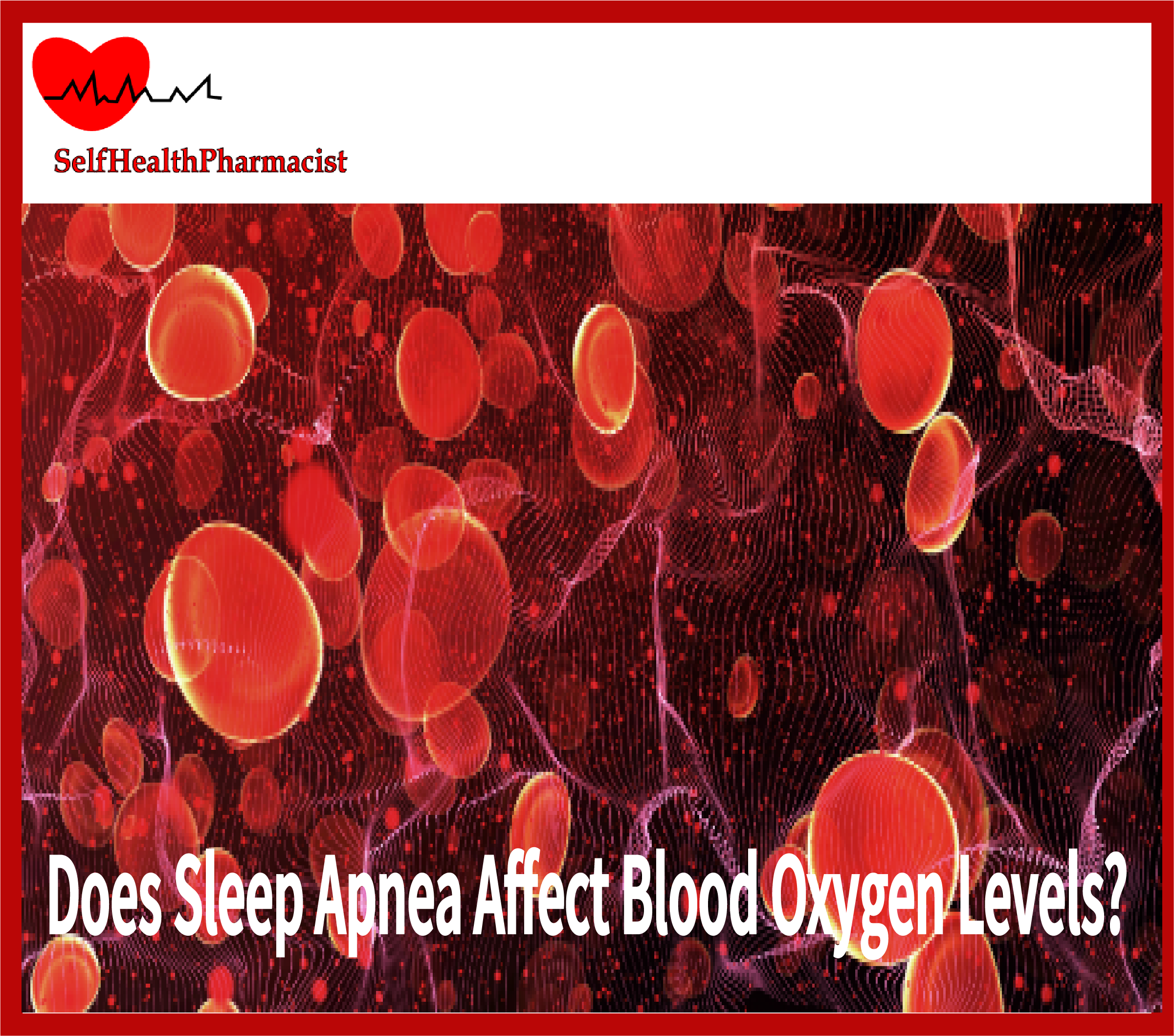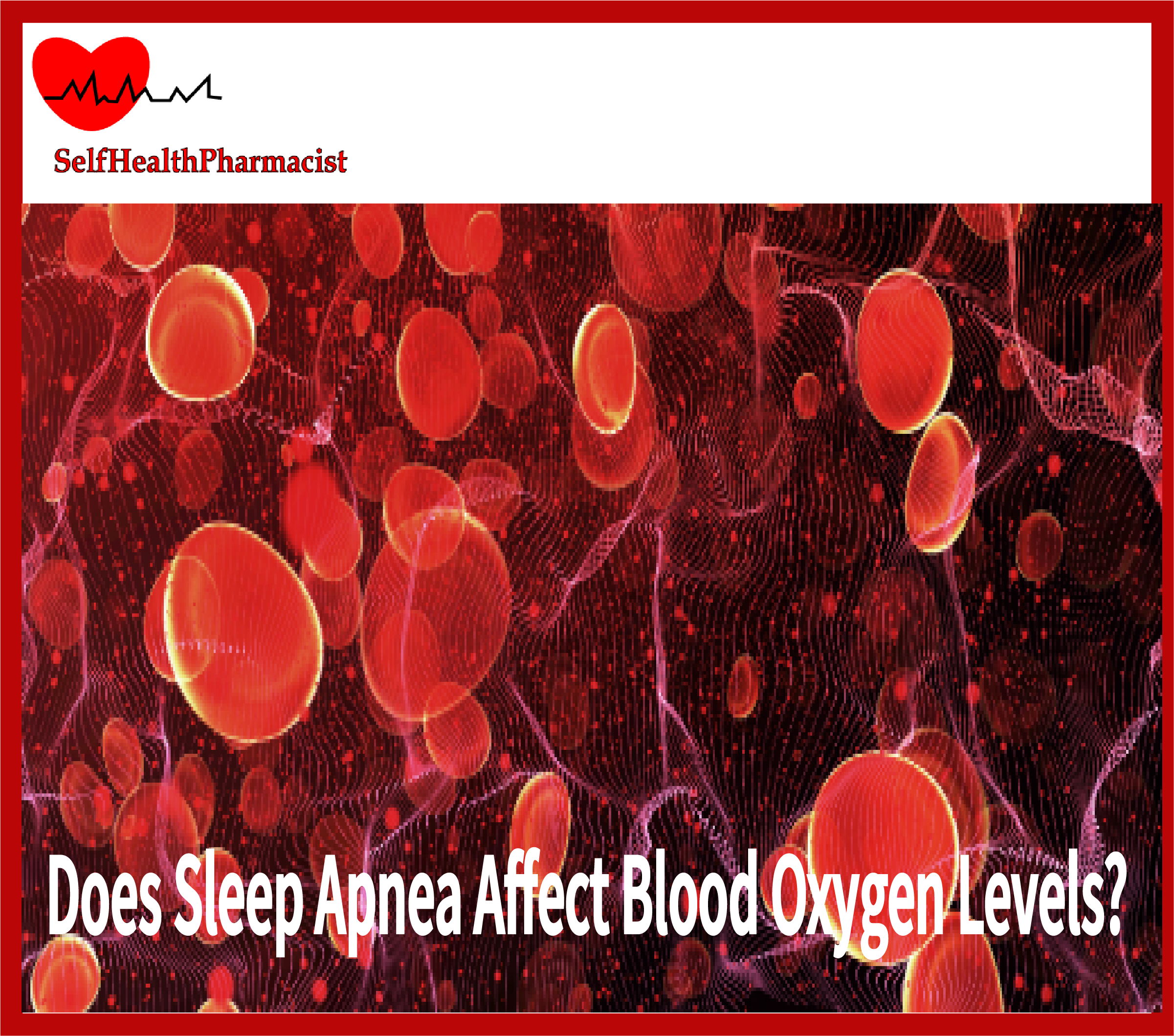It is generally accepted that obstructive sleep apnea (short-term cessation of breathing during sleep) is dangerous for the heart.
As a rule, obese people over 40 years of age, as well as those who suffer from chronic ENT diseases or have anatomical features of the structure of the nose, pharynx and larynx, suffer from problems with night breathing.
Violation of night breathing can lead to such dangerous consequences as a nocturnal stroke or heart attack.
Ignoring the obstructive sleep apnea syndrome is dangerous for the development of other health problems, in particular, neurological disorders.
The lack of oxygen that occurs during sleep apnea negatively affects brain cells, which leads to a deterioration in memory, attention and other cognitive functions, dysregulation of blood pressure and heart rate.
Over time, if sleep apnea is left untreated, these changes become more pronounced, also in younger patients.
Today I want to understand how sleep apnea influences oxygen levels and what normal blood oxygen levels are during sleeping apnea.
Knowing how well your blood performs this vital task will allow you to better understand your overall well-being.
Table of Contents
Basic Sleep Apnea Symptoms
| Night Sleep apnea symptoms | Daily Sleep apnea symptoms |
|

Does Sleep Apnea Affect Blood Oxygen Levels?
Of course, sleep apnea affects blood oxygen.
Stopping breathing negatively affects all parts of our body. Without air, we can live no more than ten minutes.
And the longer sleep apnea attacks last, the more often they occur during rest, the more difficult the consequences for the patient will be.
When there is sufficient oxygen in the body, the body works better, and the immune system effectively fights bacterial, viral, parasitic, fungal invasions.
But In sleep apnea, there is periodic collapse of the upper airways.
At the same time, the movements of the chest – attempts to inhale – are preserved.
Breathing stops, the level of oxygen in the blood begins to decrease.
The lack of oxygen stimulates the respiratory center, the diaphragm begins to contract more often and stronger, but its efforts are not enough to overcome the collapse of the upper respiratory tract, stretching air through the “plug” of soft tissues.
Thus, the patient needs to take an even stronger breath by connecting the pectoral muscles.
But when a person sleeps, his skeletal muscles are relaxed. And in order to take a strong sharp breath, you need a micro-awakening, which lasts 3-4 seconds.
Consciousness during this time, as a rule, does not have time to turn on.
Before falling asleep again, a person manages to take a few deep breaths, the level of oxygen in the blood rises.
But as soon as the patient falls asleep, he again stops breathing, and again there is a micro-awakening.
A patient with sleep apnea can have up to a hundred of such micro-awakenings per hour, and the patient either does not reach deep phases of sleep at all, or they last a very short time.
Not surprisingly, sleep apnea patients wake up in the morning with a heavy head, sleepy, often with high blood pressure, and in the afternoon suffer from drowsiness that they cannot cope with and fall asleep at work or, much worse, while driving.
Sleep Apnea and Blood Oxygen Levels
Every third man over 60 years of age has sleep apnea…
Among patients suffering from hypertension, at least a third of patients have sleep apnea syndrome. Among patients whose sleep apnea is difficult to treat (especially nocturnal hypertension), the proportion of apnoids reaches 80%.
More than 90% of obese people with a body mass index greater than 40 have moderate to severe obstructive sleep apnea.
- During sleep, the level of oxygen saturation in the blood is always below 90%…
- Mild Apnea is when there are no more than 5-15 episodes of apnea per hour…
- No more than 15-30 episodes per hour, it is called moderate to severe apnea.
- More than 30 episodes of apnea per hour is called obstructive sleep apnea.
- When Blood oxygen saturation levels below 85% it indicates moderate sleep apnea,
- When falling below 60%, it is called a severe sleep apnea.
How Low Do Oxygen Levels Drop with Sleep Apnea?
Increased oxygen levels help us perform better, giving energy to both our mind and body.
If we lack oxygen (a state of hypoxia in sleep apnea), we cannot work physically, and we will feel tired and overtired later.
In Sleep Apnea, oxygen levels can vary greatly from person to person and depend on environmental factors.
In fact, there is no clear standard of low oxygen levels with sleep apnea.
Usually, normal SpO2 levels in sleep apnea are between 94% and 99%.
People with lung disease and sleep apnea usually have lower SpO2 levels.
When in healthy people SpO2 is below 90%, it is very dangerous and can put stress on the heart, lungs and liver.
For example, people with other chronic lung diseases and with sleep apnea have low levels of oxygen saturation in the blood (eg, 88%), despite the fact that the human body is adapted to this situation. Although the decrease in the usual indicators definitely requires attention.
What Are The Consequences of Untreated Sleep Apnea?
Difficulty breathing during sleep has many consequences.
From relatively safe ones, like dry mouth and headaches, to disability and even death from a long pause in breathing without waking up.
A patient without treatment risks earning:
- Chronic fatigue;
- Heart disease;
- Diabetes mellitus type II;
- Various pathologies of the liver;
- Arrhythmia, angina pectoris and heart failure;
- Hypertension;
- Bronchial asthma;
- Heart attack, stroke, cerebral hemorrhage – one of the most severe consequences of oxygen
- Starvation and sharply increased pressure.
- In very rare cases, complete respiratory arrest can occur with a fatal outcome
FAQ
Why is Oxygen and Its Optimal Level in The Blood Important?
Breathing through the lungs provides our cells with oxygen, makes our brain work, and a continuous heartbeat ensures that oxygen is delivered to the tissues.
By exercising the inspiratory muscles (respiratory, intercostal, chest muscles), you can significantly increase the amount of oxygen…
What is a Normal Oxygen Level for Someone With Sleep Apnea?
Oxygen levels are expected to decrease during sleep, and some users may experience readings below 94%.
Most people have 94-98% oxygen levels in their blood with sleep apnea.
However, some people live with blood oxygen levels below 94% without experiencing any discomfort.
Does It Make Sense to Buy a Pulse Oximeter or Not?
The recommendations of medical societies do not advise everyone to buy pulse oximeters.
However, for some patients who have heart failure or chronic lung disease and use oxygen at home, doctors recommend having a pulse oximeter at home.
This is necessary in order for a person to determine whether he needs to breathe oxygen, and generally control his condition.
How Can I Treat Apnea by Myself?
- Posture change
- Refusal to take sedatives and alcohol
- Weight loss
- Using a Dental Tongue or Mandibular Positioning Device
- Supplemental oxygen during sleep (more commonly used for central sleep apnea)
- Supplements to stimulate breathing (central sleep apnea) or reduce nasal swelling (obstructive sleep apnea)
- Nerve stimulation with a surgically implanted device (not currently used in children).
